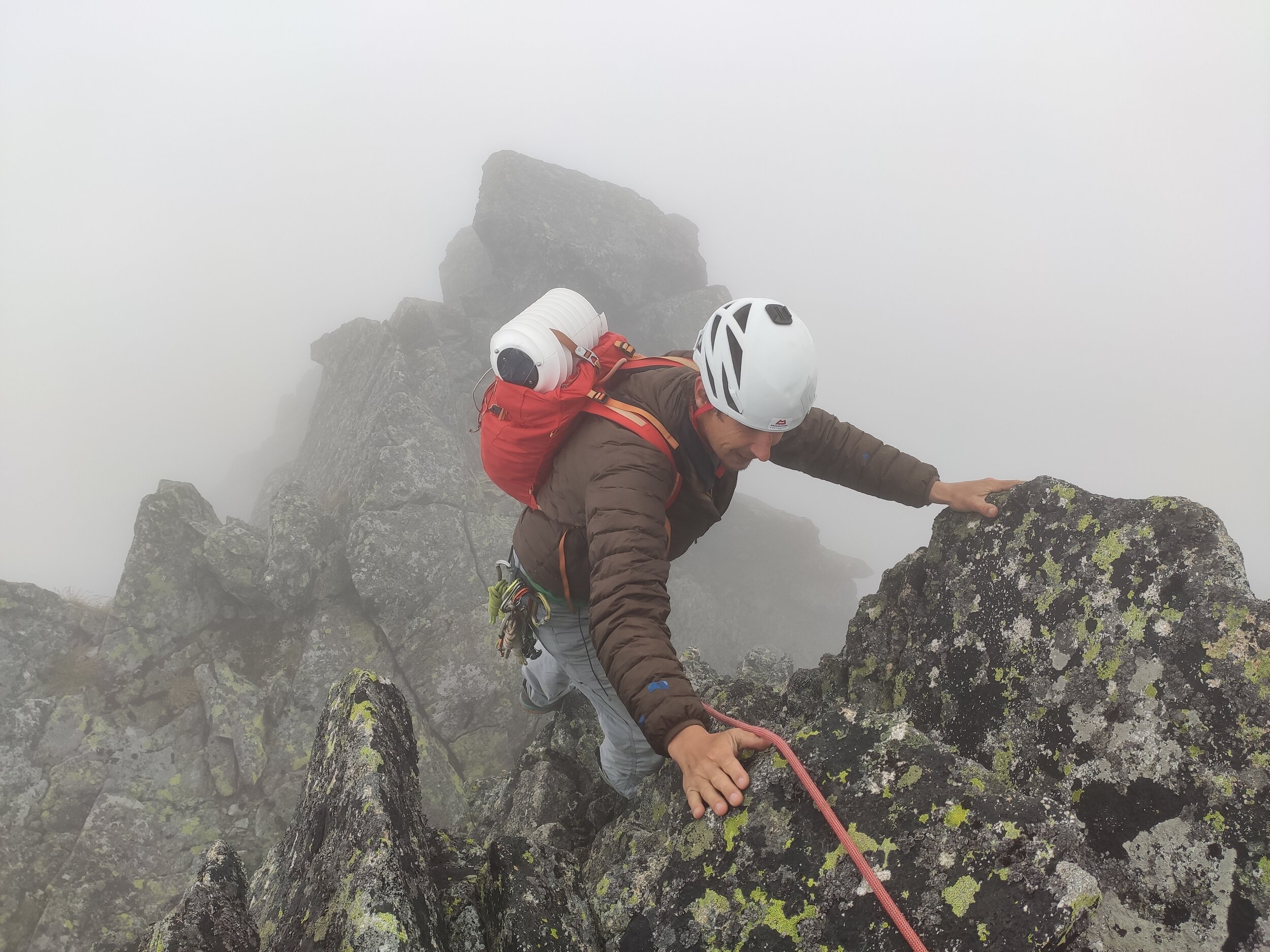First time in history the MeteoHelix with MeteoRain record exact rainfall on the highest peak of the Carpathian mountain range
/Gerlachovsky stit (Gerlachov Peak) provides an environment for biologists as the highest ground anywhere in Europe north of the Alps and is the highest peak of the whole 1,500 km (930 mi) long Carpathian mountain range. The pyramidal shape of this massif is marked by a huge cirque and is characterised by its impressive 2,000 m vertical rise from the valley floor below.
Sub-freezing temperature operation of MeteoRain rain gauge on Gerlachov Peak
For the first time in history, on September 24, 2020, exact amounts of rainfall started being recorded on its summit by a BARANI DESIGN Technologies MeteoHelix weather station together with a new MeteoRain 200 Compact rain gauge. The compactness of these WMO precision instruments and ease of their installation enabled local mountain guides to install this weather station in a location that was inaccessible to weather station equipment even just 2 years ago. Able to survive and transmit weather data even from under large snow cover for up to 4 months, the highly survivable MeteoHelix weather stations are ideally suited for environmental research in hard to access locations.
An additional fact worth noting is the ability of the MeteoRain 200 Compact to measure rain even in below freezing temperatures as show in the plot below. Detailed live meteorological data from Gerlachov Peak can be found through the following link:
https://weather.allmeteo.com/#/ws/2008SH020 (Registration and login is required.)
MeteoHelix weather station being transported on the back of a mountain climber to the highest peak of the carpathian mountain range.
MeteoHelix weather station above an abyss on Gerlachov peak in the Carpatian mountain rainge.
Installation of a MeteoHelix weather station on the highest peak of the Carpathian mountain range, the Gerlachov Peak.






